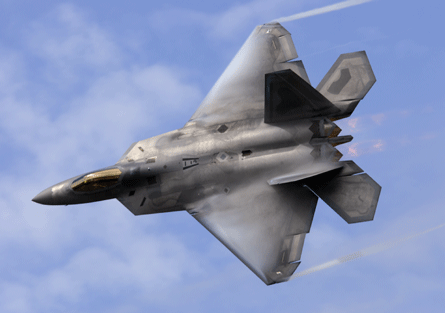The Obama administration has threatened to veto legislation that would extend production of the Lockheed Martin F-22 and continue funding the General Electric/Rolls-Royce F136 alternate engine at the expense of the Lockheed F-35 Joint Strike Fighter.
The White House threat, delivered to Congress on 24 June, strikes back at a vote last week by the House Armed Services Committee (HASC) that re-inserted funding for both programmes in the fiscal year 2010 defence authorisation bill, and draws a clear line in the sand against "earmarks" by Congress.
Secretary of Defense Robert Gates announced on 6 April that the US Air Force's programme of record for 187 F-22s is sufficient. He also believes the F136 engine can be dropped because Pratt & Whitney's F135 alone is sufficient for the F-35's propulsion needs.
But Gates's decisions were rebuffed in a narrow vote by the HASC on 17 June that restored $360 million to buy 12 more F-22s in FY2010 and $600 million to complete development of the F136 and buy the first four production engines.
 |
|---|
© Lockheed Martin |
Obama's veto threat will now be weighed carefully by other lawmakers. The HASC was only the first of four committees responsible for either authorising or appropriating defence spending. Those committees in the House and Senate must consider whether they can muster support to overturn a presidential veto, which would require 60 votes in the Senate.
The Obama administration has allies as well. One day before the veto threat, Rep Barney Franks proposed as a "test" overturning the F-22 funding added by the HASC. "If we cannot hold the line on this," Franks said, "then it's very bad news for trying to hold down any kind of excesses in military spending. I guarantee you that if they win this one they will be back for tens of billions [of dollars] more."
The Obama administration also opposed HASC initiatives to halve funding for the General Atomics MQ-1C Sky Warrior unmanned aircraft system, and to prevent the USAF from retiring Lockheed C-5As even as Congress adds funds to buy more Boeing C-17s.
Source: Flight International
















